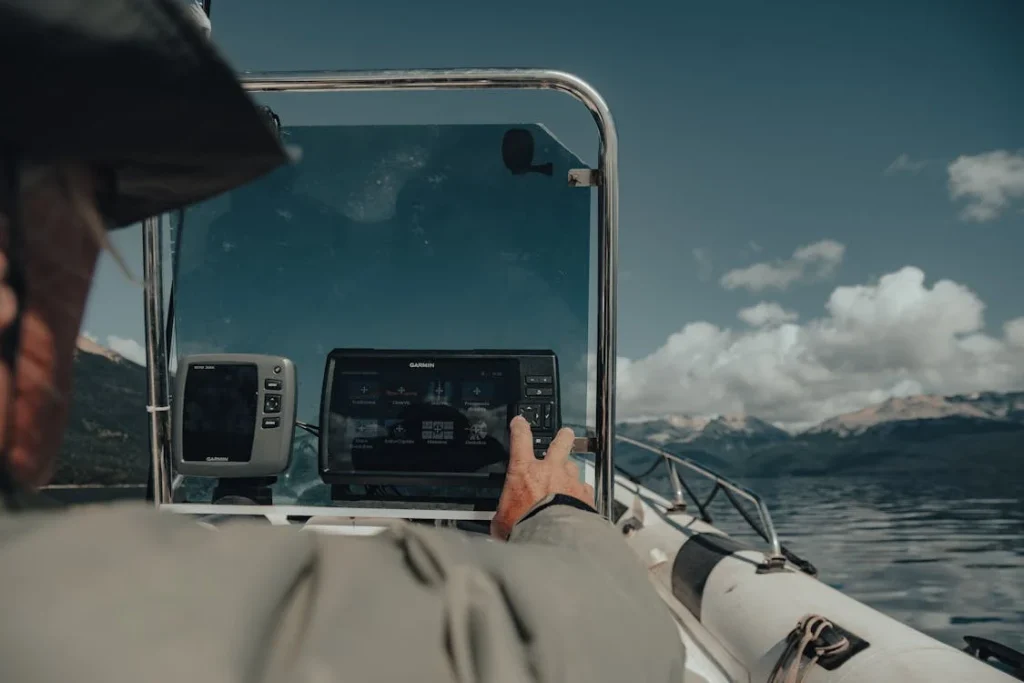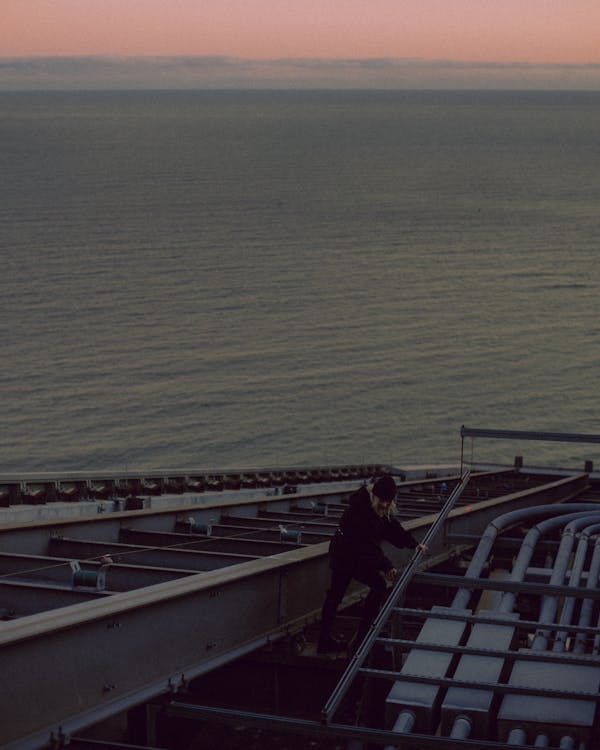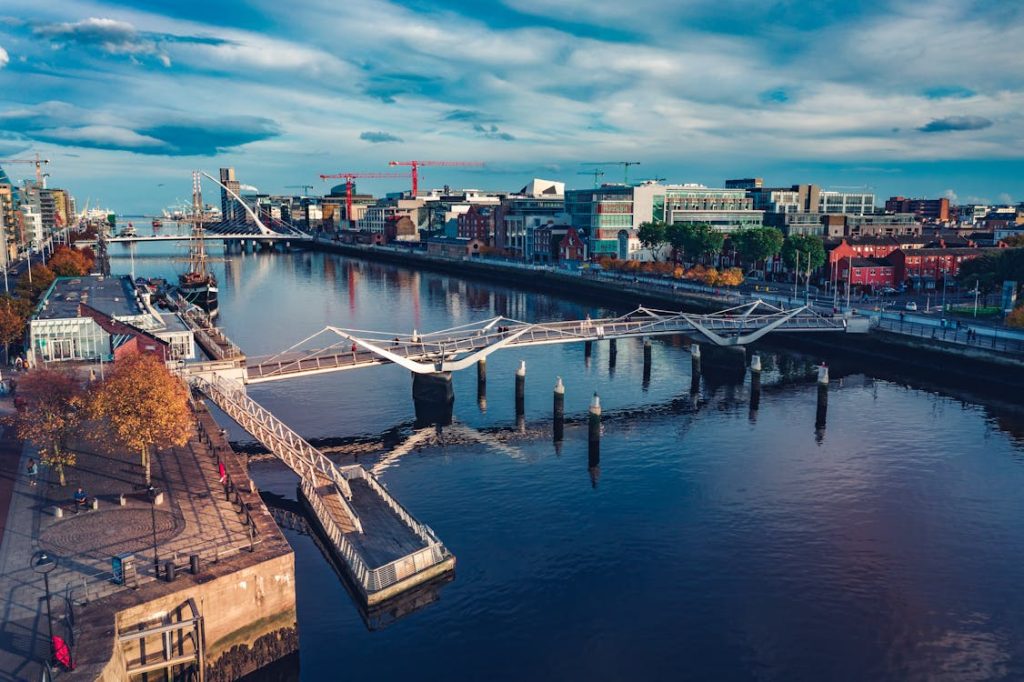Imagine a ship that predicts storms before they form, chooses routes that save millions in fuel, and spots hidden pirates on the horizon—all without human intervention. This isn’t science fiction but modern maritime reality, where Artificial Intelligence (AI) is revolutionizing how vessels navigate ocean dangers. In this article, you’ll discover how algorithms, sensors, and machine learning help captains master once-impossible routes while reducing accidents, costs, and pollution. Prepare to sail into the future of shipping!
1. AI Storm Prediction: Avoiding Disaster
Modern systems use:
- Real-time satellite data to forecast wind bursts and rogue waves
- Machine learning analyzing historical storm patterns
- Automatic alerts suggesting alternate routes
Real-world example:
The MSC Gülsün (one of the world’s largest ships) dodged a North Atlantic storm 48 hours in advance, preventing $200K in potential damage.
(Table: Traditional vs. AI Navigation Comparison)
| Factor | Without AI | With AI |
|---|---|---|
| Storm prediction | 12h lead time | Up to 72h lead time |
| Fuel savings | 5-10% | 15-25% |
| Obstacle detection | Visual/Radar | Sensors + AI (99% accuracy) |

2. Smart Routing: The Fastest (and Safest) Path
A. Fuel Optimization
Systems like SeaNav AI (Rolls-Royce) calculate:
- Favorable ocean currents
- Ideal winds for modern sails
- Perfect speed for minimal consumption
Result: Up to 30% lower CO₂ emissions.
B. Evading Pirates & Danger Zones
- Risk algorithms cross-reference:
- Recent incident reports (global database)
- Suspicious vessel movements
- Naval intelligence alerts
Case study: A cargo ship in the Gulf of Aden rerouted after AI detected abnormal small boat patterns.

3. Obstacle Detection: Beyond Radar
A. Icebergs & Hidden Reefs
- LiDAR sensors + image AI identify hazards at night or in fog
- Example: Arctic ships like Hurtigruten use thermal cameras to avoid ice collisions
B. “Ghost Ships” (No Transponders)
Systems like Orca AI analyze:
- Faint horizon lights
- Suspicious movement patterns
- Unofficial satellite data
4. Predictive Maintenance: Preventing Catastrophic Failures
- IoT sensors monitor:
- Abnormal engine vibrations
- Propeller wear
- Invisible leaks
- Actual case: Shell’s AI predicted an oil system failure 2 weeks early, averting an environmental disaster.
(List: AI-Monitored Components)
Main engines
Electrical systems
Fuel tanks
Hulls (cracks/corrosion)

5. Automation & Autonomous Ships
A. World’s First Autonomous Ship
Norway’s Yara Birkeland:
- Transports fertilizer crew-free
- Navigates via high-precision GPS + AI
- Recharges via port drones
B. AI on Cruise Ships
- Waiter robots memorizing guest preferences
- Anti-seasickness systems adjusting stabilizers in real-time
6. Anti-Piracy Facial Recognition
- AI cameras scan:
- Faces on suspicious boats
- Attack patterns (e.g., zigzag approaches)
- Auto-alerts to local authorities
Effectiveness: 40% fewer attacks in Southeast Asia.
7. The Future: AI at Sea by 2030
- Fully autonomous commercial vessels
- Neural networks learning from every voyage
- “Digital copilots” for human captains

Conclusion: Safer Seas Than Ever
AI is transforming navigation from guesswork to exact science—and these technologies are already here.
